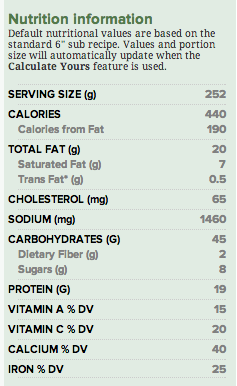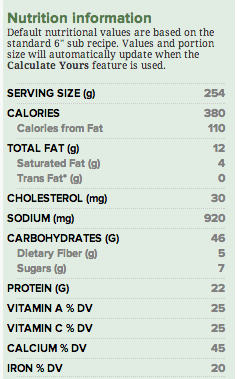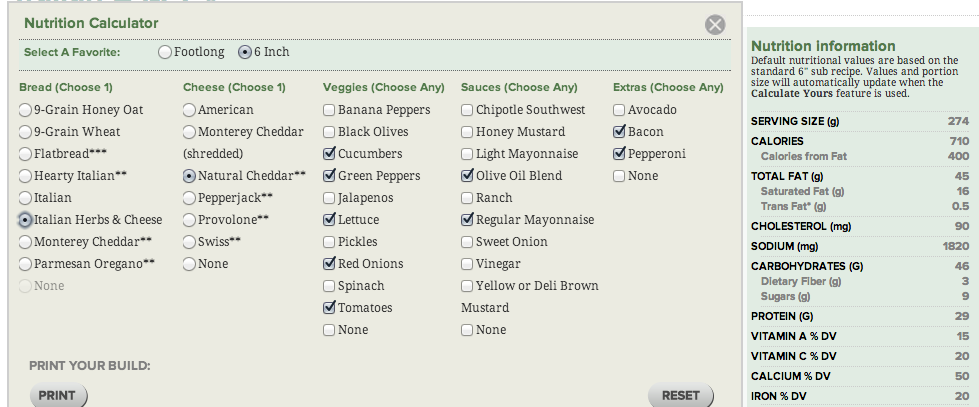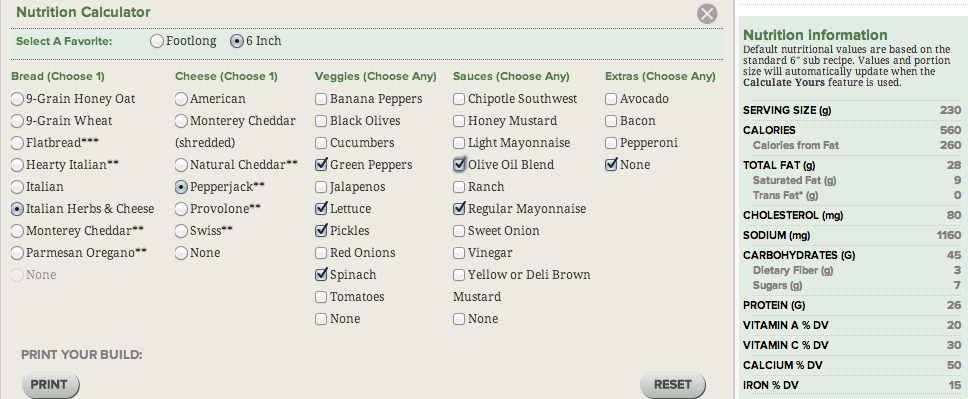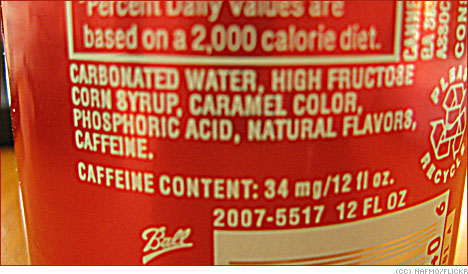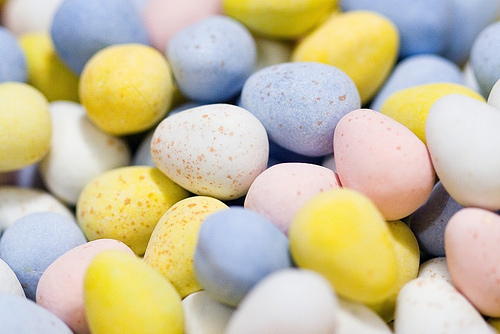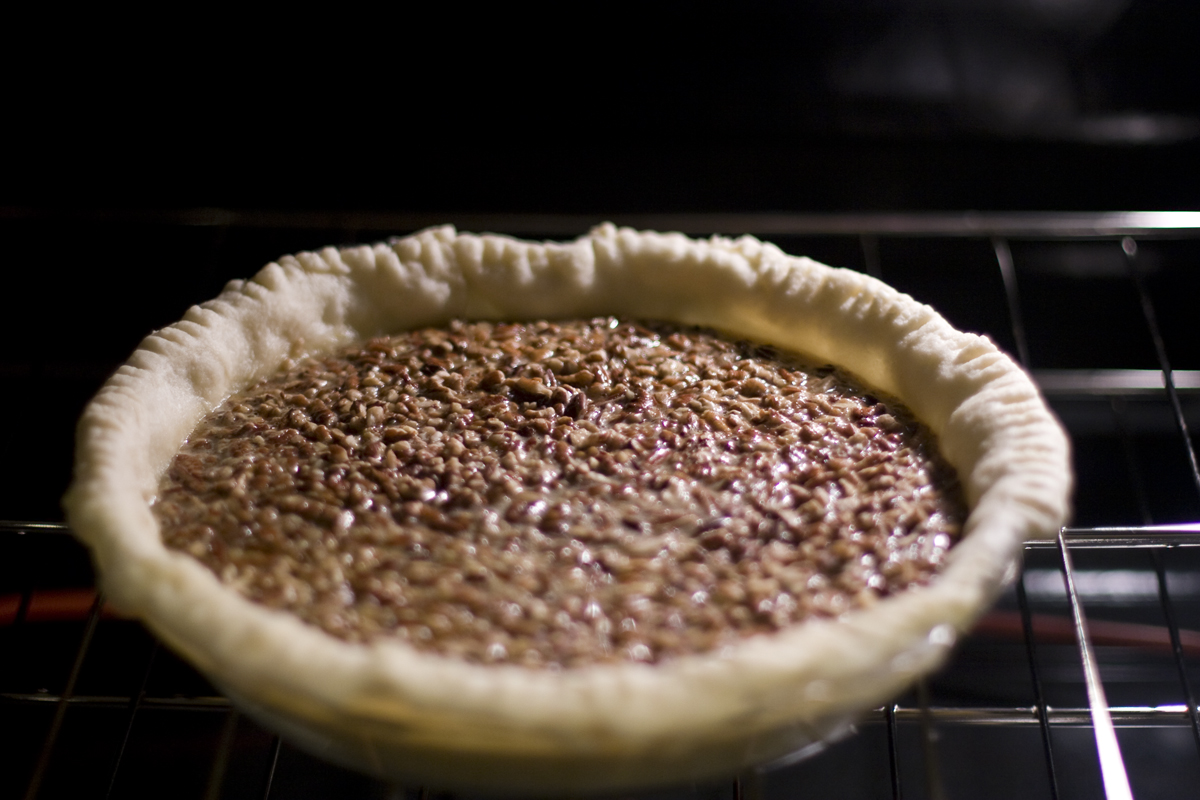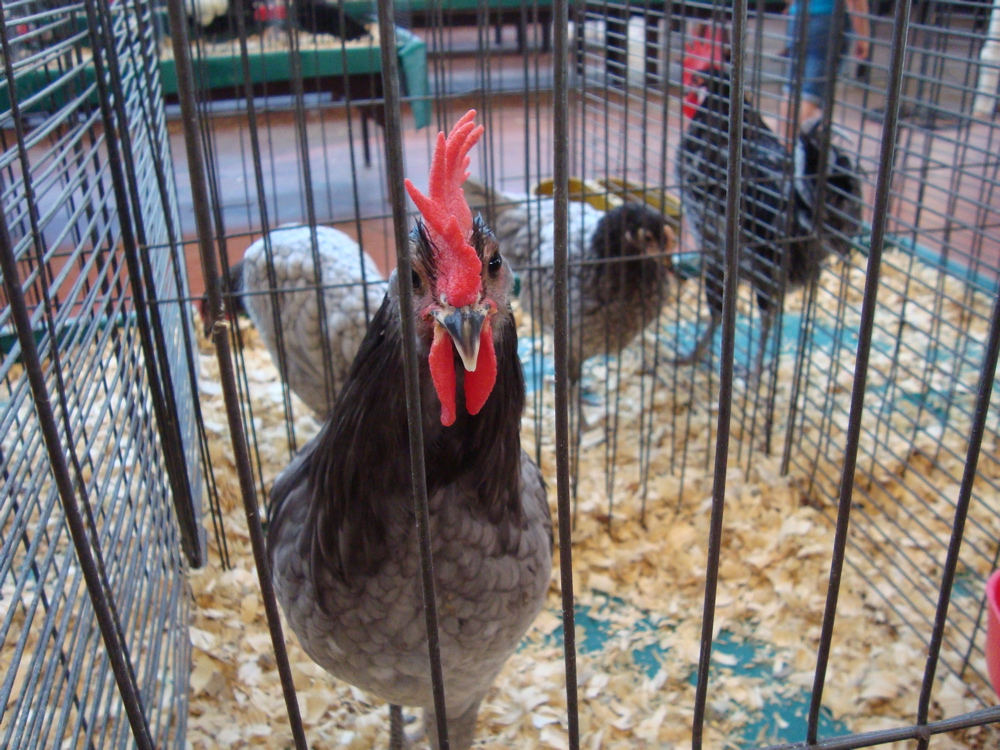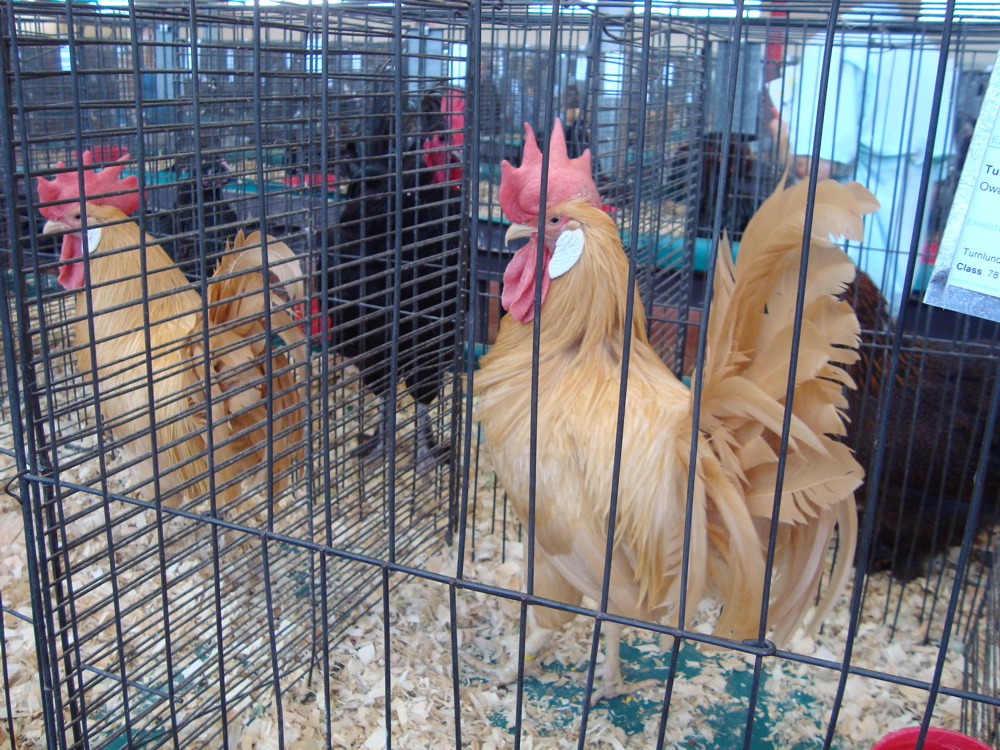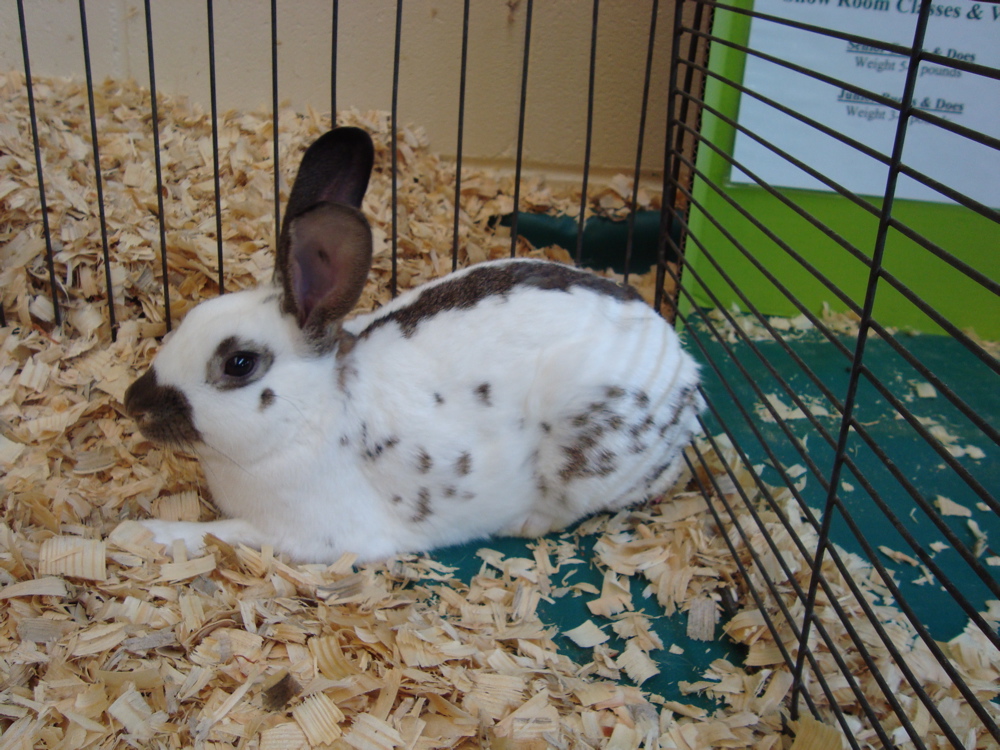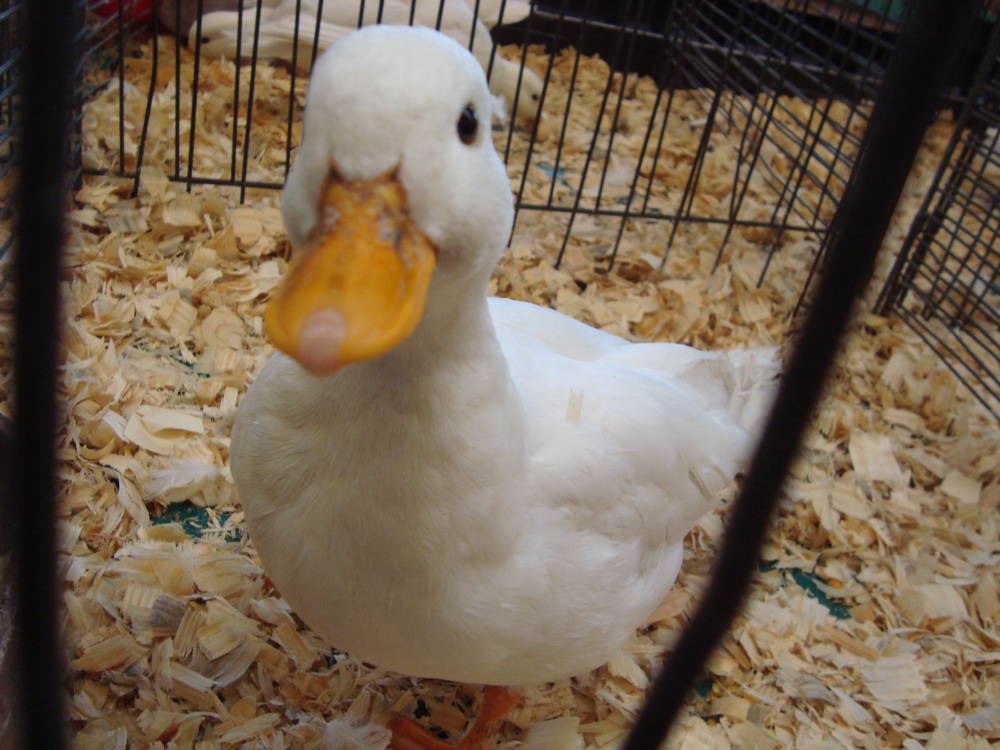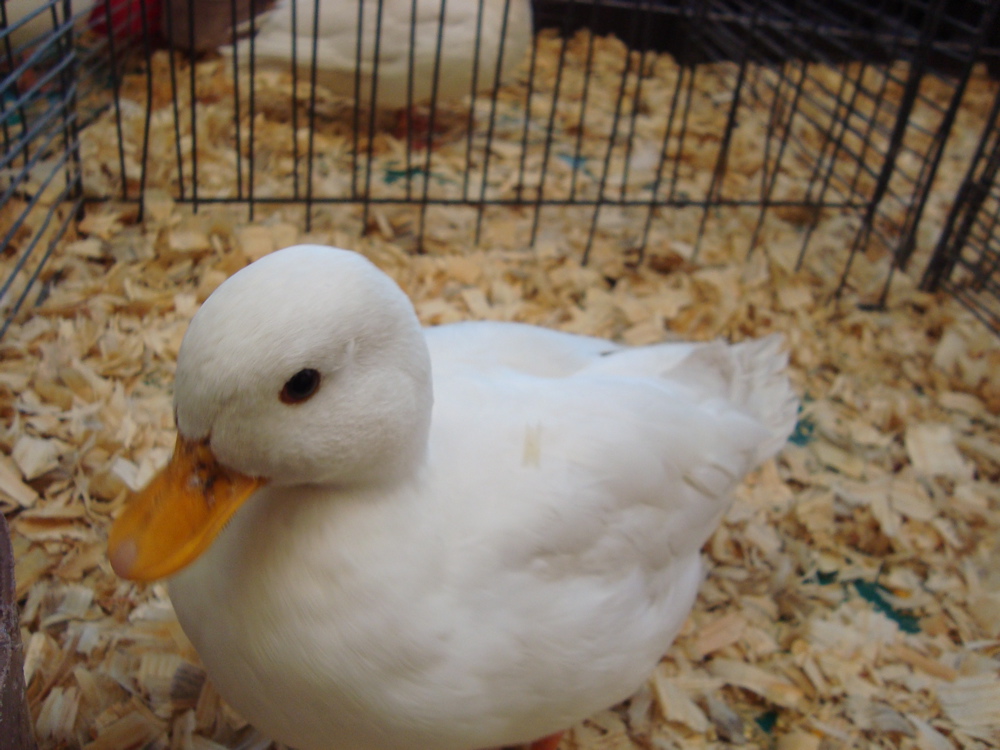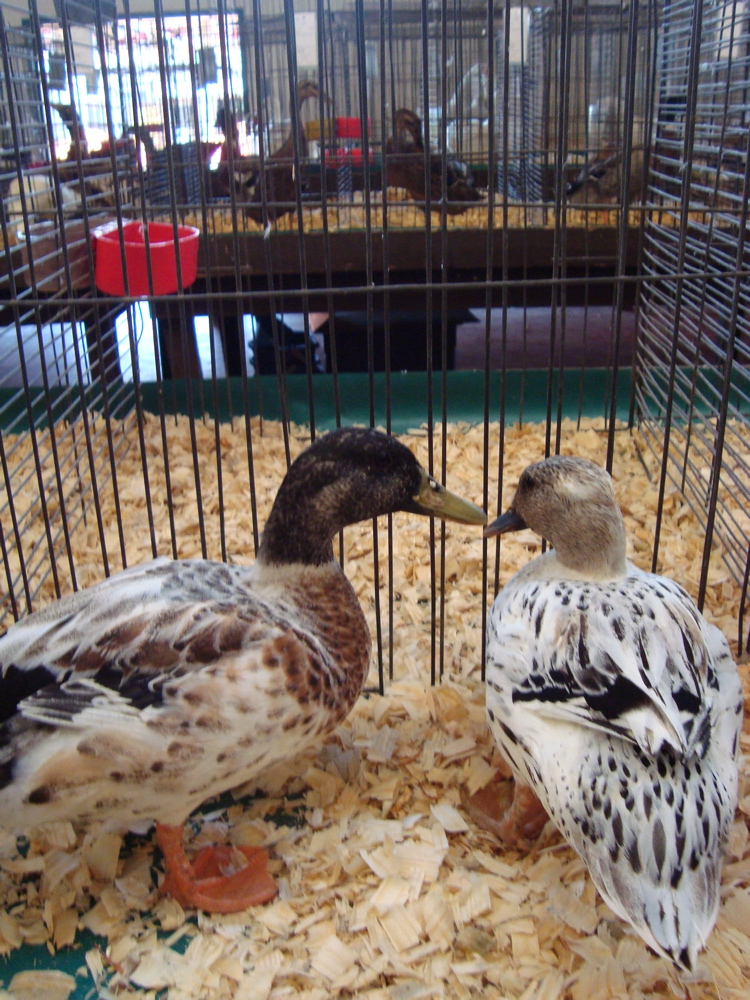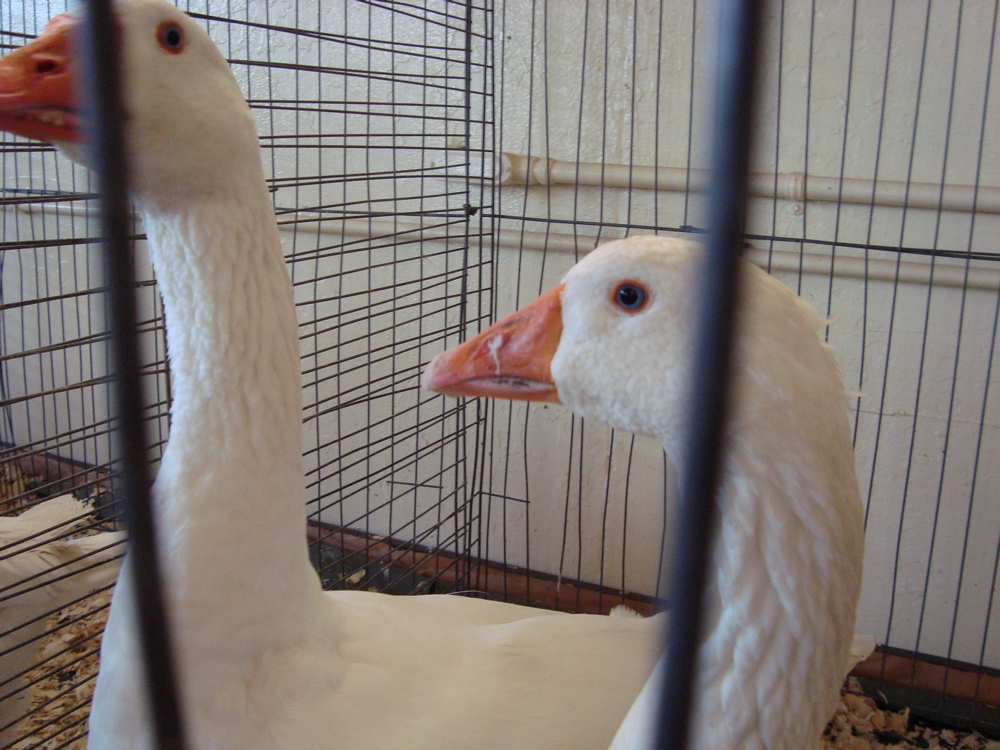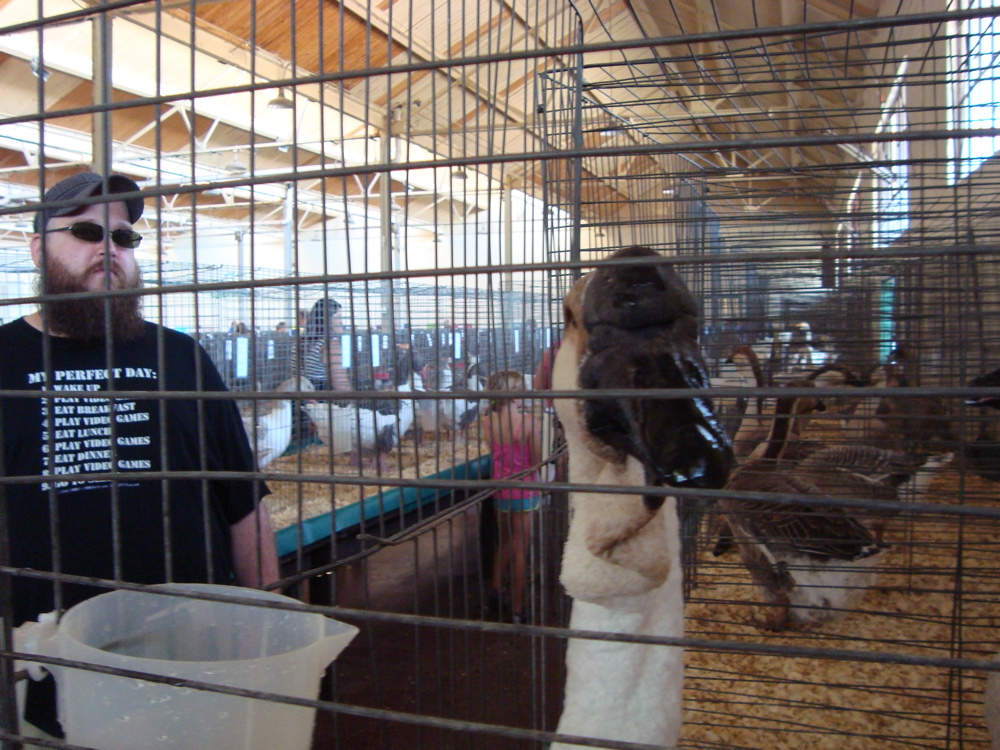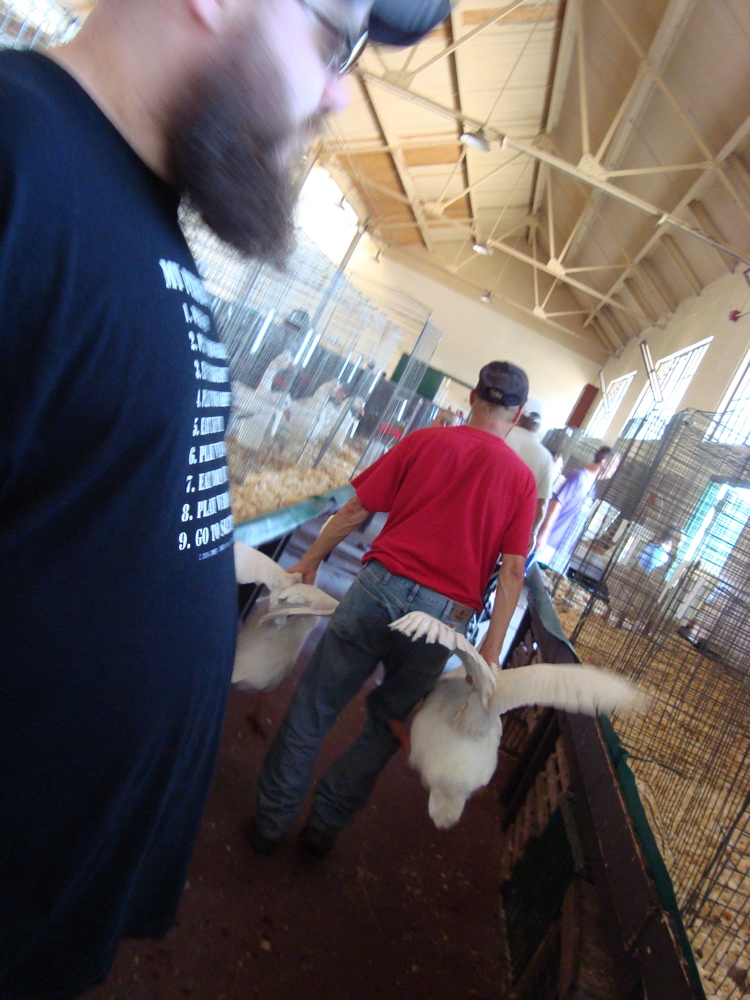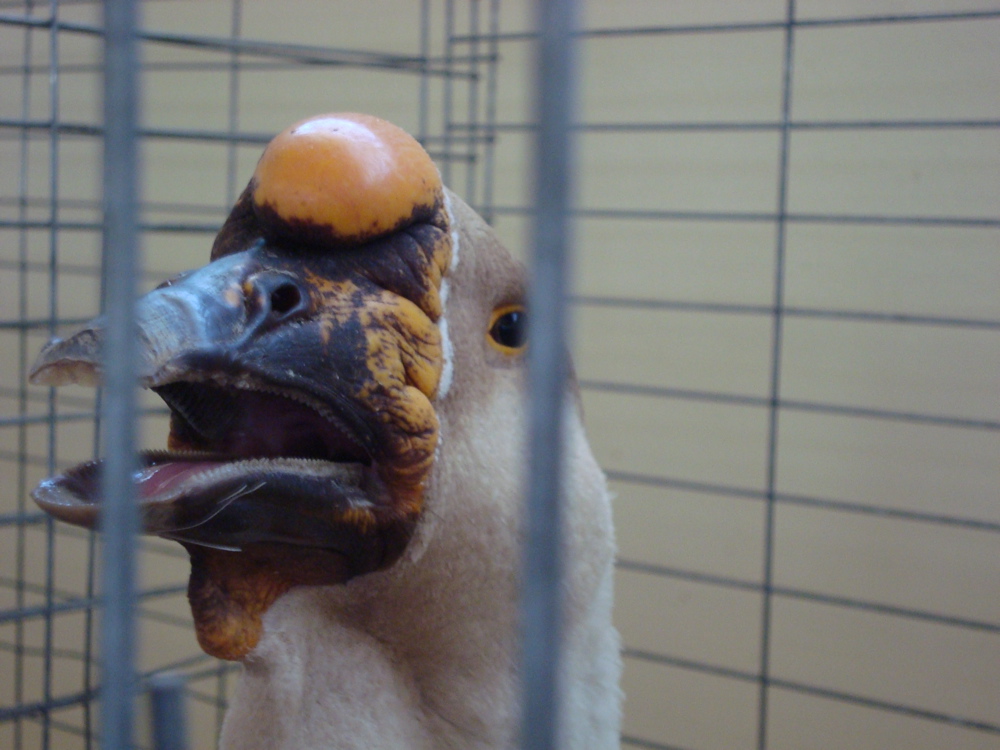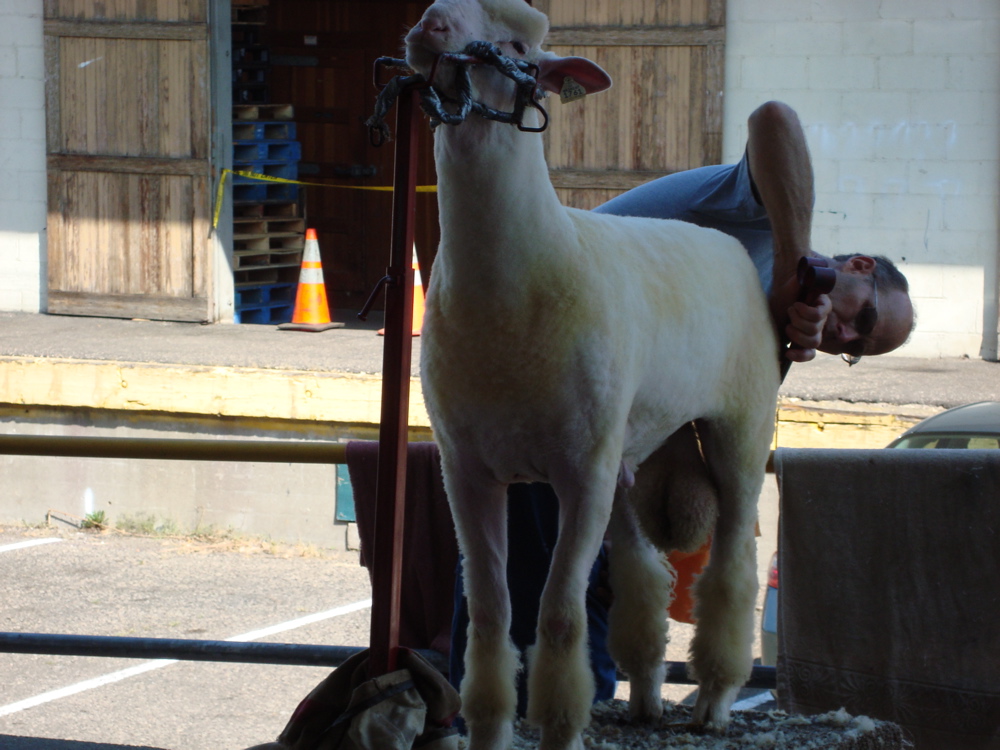slowly but surely!
excerpt from DS writing because i’m lazy tonight.
My family lived on the farm my dad’s father had purchased in 1944, where we lived from 1979 to 1993. (The farm did stay in the family – we sold it to my cousins.) The house was the original house, falling apart at the seams as well as everywhere else. The kitchen tiles were so old, that a quarter of them were broken and missing from the floor. It was easy to sit on the floor and pick at pieces of tile. The kitchen was large, a real farmhouse kitchen with space for a hutch, woodstove, big kitchen table, fridge, and after a while a gas stove. It also was the place we did most of our living. After suppertime, my dad would quiz my siblings and me on geography, referencing the large, laminated map of the United States that hung on the wall. While our living quarters had definitely seen better days, I took pride in the fact that we were the only family I knew who had a complete encyclopedia.
In addition to the evergreens, we had acres and acres of wooded land full of oaks and maples, as well as a few apple trees. There was a large crabapple tree right outside the kitchen window that bloomed white, frilly flowers in the springtime that I would cut slips of to take to my teacher. It smelled delicious. There were also a couple baking apple trees as well as a few eating apple trees. When I was eight or nine years old, I went out to the baking apple tree, picked them, peeled them, and made a pie using the crust recipe on the back of my mom’s pumpkin pie recipe card. My dad was home, so there was no fear of me starting the house on fire, but when my mom walked in the door that evening, she was completely flabbergasted. So started a love affair with baking.
When we moved in (I was a newborn), the farm had the house, a barn, and a garage on the property. The house was yellow, but early in my life I remember a platoon of painters (all friends, family, and acquaintances, I’m sure) setting up shop on scaffolding surrounding the house, and the house went from the flaking yellow to a barn red color that would define the house for years to come. Whenever my brother, eight years my younger, references that home, he calls it the red house.
We spent many hours playing in the barn, charging up its stairs to the hayloft that didn’t have any hay in it, and playing house. I remember gathering nuts, grass, old vegetables from the garden, and sometimes dirt to pretend to cook – no doubt concocting something brilliant. The big white barn was built by my dad and grandfather, and it was a shock when I woke up one morning and saw the barn was on fire – a raging, huge fire. Firetrucks rolled in the yard and started spraying our house down so the fire wouldn’t spread. The barn and everything inside was lost, as well as a chunk of the large oak tree that defined our playtimes many days toasted. I was devastated when I saw the barn burning, not because it was burning, but because I realized it was probably my fault; we always had candles lit in the hayloft because it was dark in there. I imagined that candle I had burning down to its stub, then the flame licking along the old wooden dresser we sat them on, finally catching and causing complete disaster. I held onto this for years and years, and it was only in the last couple years that my sister and I (she felt as equally guilty) learned from our parents that the fire started in a completely different area than where we had our candles, and that it was most likely the cause of faulty wiring.



